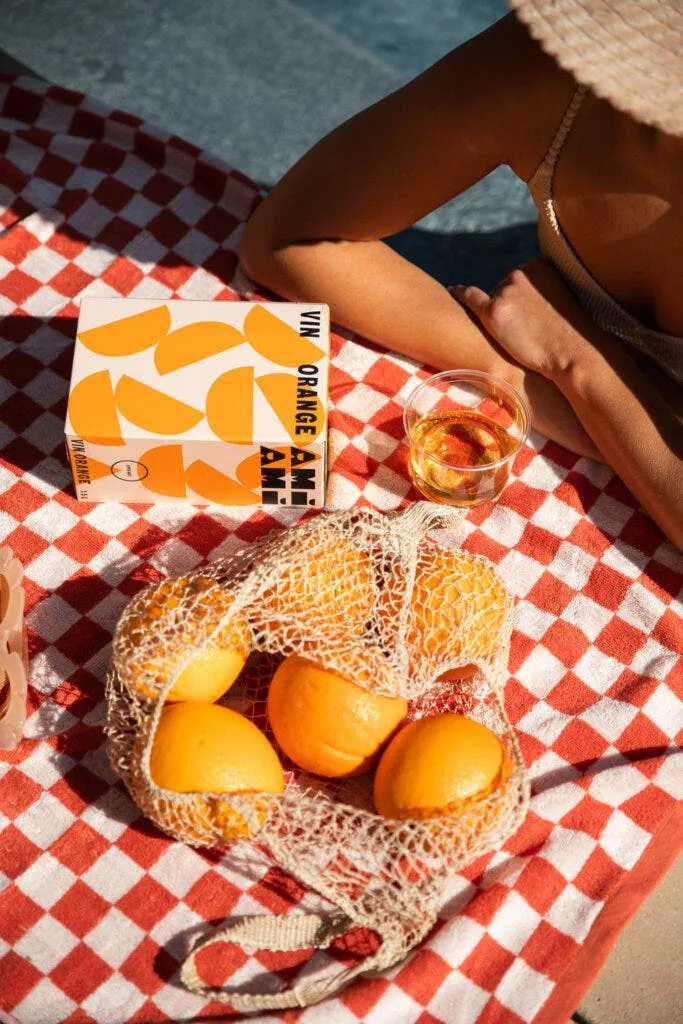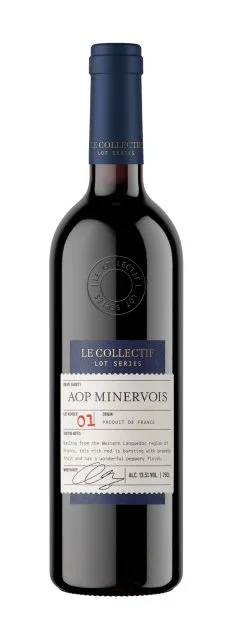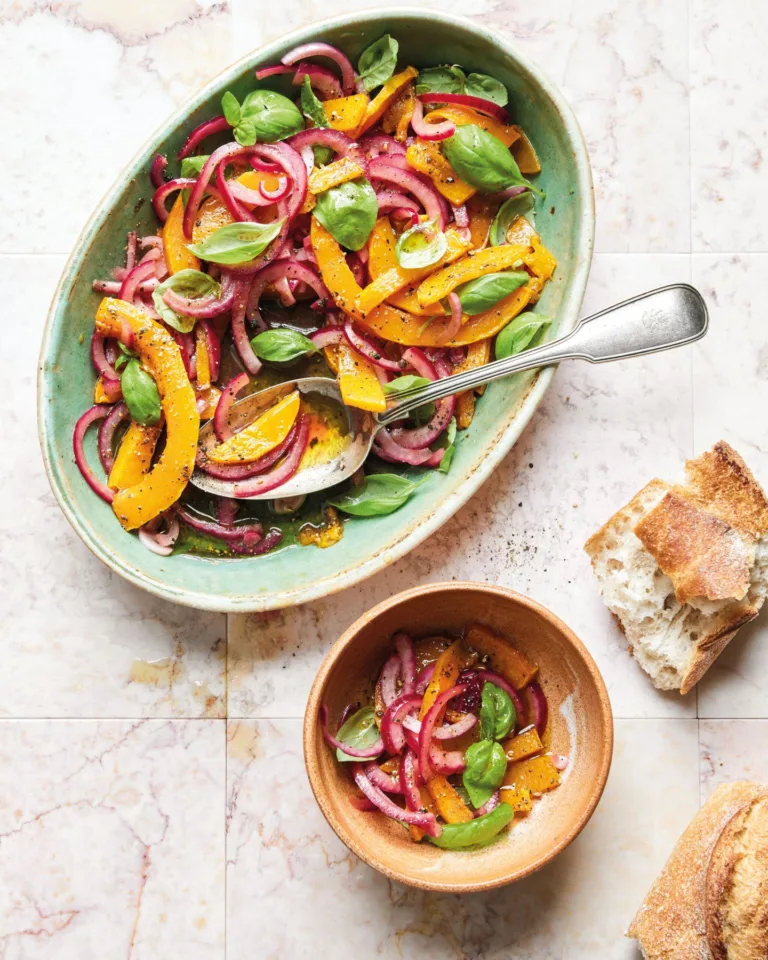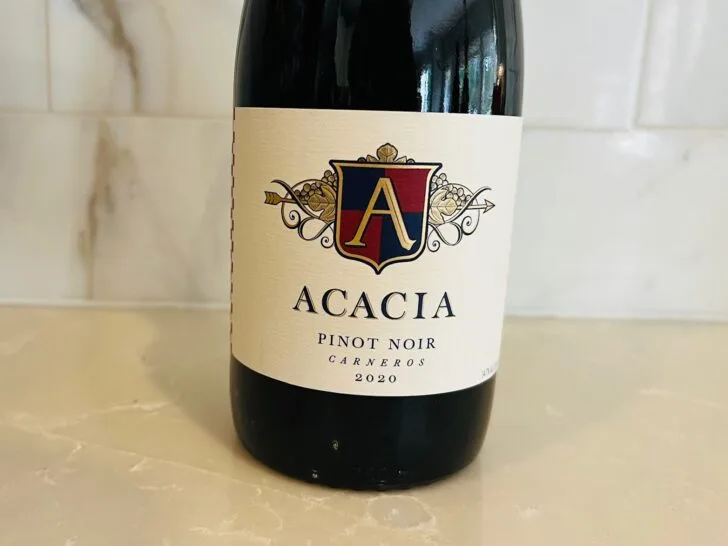My mother, a lifelong fan of fine wines from Sancerre, opened my fridge and was annoyed to see the only wine was a neon yellow box sitting between the broccoli and the chili crisp. “Do you have anything else?”
I didn’t. She settled for a glass of the boxed stuff. Thirty minutes later, she went back for a second.
A decade ago, the best and brightest examples from the alternative wine packaging category were plastic bladders of plonk, cans of fizzy, tinny wine and tetra packs best suited for binge-drinking twenty-somethings.
But over the last five years—as industry leaders, including critics Karen McNeil and Jancis Robinson, have increasingly drawn attention to the heavy carbon toll of producing and transporting glass bottles—eco-friendly packaging alternatives have seen a profound glow-up. A small but growing cadre of sustainability-focused California producers has leaned into these options, “bottling” high-quality wines in non-traditional containers made with materials like paper and aluminum.
In January of this year, Bogle Family Vineyards recently released Elemnt[al], a line of wines packaged in aluminum bottles, which weigh 80% less than standard glass bottles.
In May, Bonny Doon released a wine—Carbon-nay—packaged in FrugalPac: a recycled paper-based bottle with a food-grade PET lining. It’s fully recyclable, unbreakable and, more importantly to fans of the Central Coast brand, it contains the Bonny Doon wine they know and love.
But it’s not just big brands with big budgets jumping on the green bandwagon. Smaller labels have been embracing lighter-weight, more sustainable packaging, too.
This Article was originally published on Wine Enthusiast






